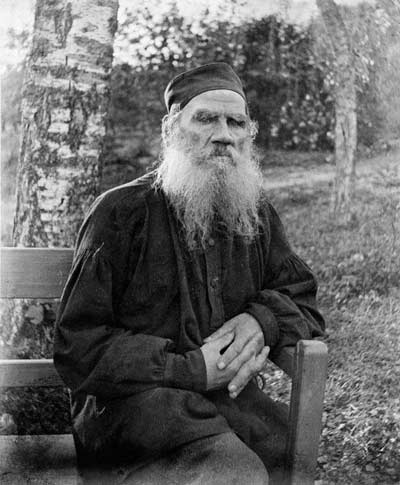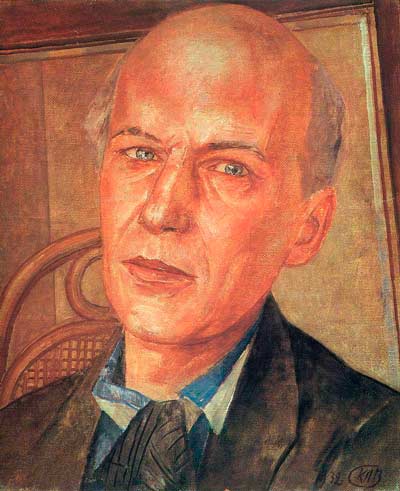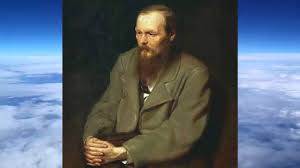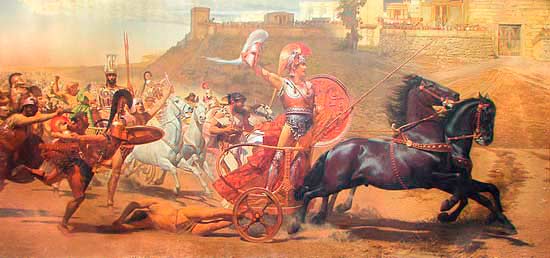has gone
BORIS GROYS “POLITICS OF POETICS”
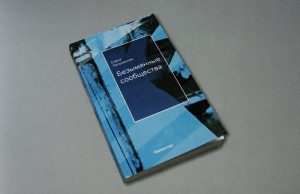 Today, the philosopher, theorist of art and curator Boris Groys is one of the most respected critics in the world art community. His recent book, The Politics of Poetics, is a collection of essays from two English-language books, Art Power and Going Public, as well as articles published in American and European journals. Some texts of the book are published in Russian for the first time. Groys is important to read to those who want to familiarize themselves with the contemporary philosophical discourse of modern art: at the same time it turns out that it is relatively easy to write about the complex. One of the main themes of the collection is the relationship of art to the art market and to the sphere of political ideologies. Continue reading
Today, the philosopher, theorist of art and curator Boris Groys is one of the most respected critics in the world art community. His recent book, The Politics of Poetics, is a collection of essays from two English-language books, Art Power and Going Public, as well as articles published in American and European journals. Some texts of the book are published in Russian for the first time. Groys is important to read to those who want to familiarize themselves with the contemporary philosophical discourse of modern art: at the same time it turns out that it is relatively easy to write about the complex. One of the main themes of the collection is the relationship of art to the art market and to the sphere of political ideologies. Continue reading
SOC-ART IN THE LITERATURE
 According to the Lexicon Nonclassics, this term originated in 1972–1973 to the circle of artists Vitaly Komar and Alexander Melamid as a kind of ironic centaur of domestic “social realism” and “pop art”, then familiar to our fellow citizens only by hearsay And the essence of the phenomenon itself in the use and parody reinterpretation of the most odious stereotypes, formulas, symbols and signs of both the state-owned art of socialist realism and the entire Soviet propaganda industry. “Pop art,” notes Max Frei in his Art-Alphabet, “could have arisen only in the“ consumer society, ”and social art was a product of a totalitarian society, all of whose members were victims of violent ideologization. Sots Art deconstructs the language of power, in this sense it is close to the tradition of a political anecdote – that’s why we love it. So far, by the way. ” Continue reading
According to the Lexicon Nonclassics, this term originated in 1972–1973 to the circle of artists Vitaly Komar and Alexander Melamid as a kind of ironic centaur of domestic “social realism” and “pop art”, then familiar to our fellow citizens only by hearsay And the essence of the phenomenon itself in the use and parody reinterpretation of the most odious stereotypes, formulas, symbols and signs of both the state-owned art of socialist realism and the entire Soviet propaganda industry. “Pop art,” notes Max Frei in his Art-Alphabet, “could have arisen only in the“ consumer society, ”and social art was a product of a totalitarian society, all of whose members were victims of violent ideologization. Sots Art deconstructs the language of power, in this sense it is close to the tradition of a political anecdote – that’s why we love it. So far, by the way. ” Continue reading
